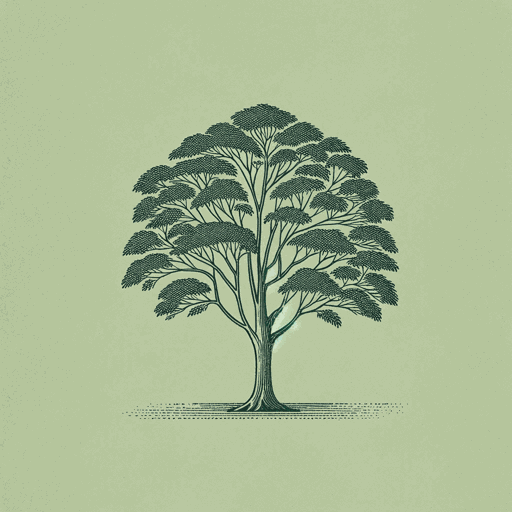79 pages • 2 hours read
John Charles ChasteenBorn in Blood and Fire: A Concise History of Latin America
Nonfiction | Book | Adult | Published in 2001A modern alternative to SparkNotes and CliffsNotes, SuperSummary offers high-quality Study Guides with detailed chapter summaries and analysis of major themes, characters, and more.
Chapter 11Chapter Summaries & Analyses
Chapter 11 Summary: “Neoliberalism and Beyond”
“The breakup of the Soviet Union left the United States, the world champion of capitalism, as the one remaining military superpower” (329). Plus, the other large communist nation, China, liberalized its economy along capitalist lines. As a result, neoliberalism swept through Latin America. Neoliberalism, however, differs little to earlier ideas of liberalism, and everything neoliberals recommended as change had already been done before 1930. To fuel economic growth, Latin American governments borrowed money from foreign banks. Debt mushroomed in the 1980s.
Nevertheless, Latin America was viewed by foreign investors as a positive place for investment; therefore, many debts were rolled over into long-term bonds, making it possible for governments to make payments. Social spending was consequently reduced, but hyper-inflation was also halted. In 1994, the North American Free Trade Agreement (NAFTA) was created, and one year later Brazil, Argentina, Paraguay, and Uruguay created their own free-trade zone, MERCOSUR.
New industry arrived in many countries with mixed results. Maquiladoras in Mexico use cheap labor to assemble products for markets in the US, for example. Chile became the prime example of post-Cold War success. Most Chileans benefited from neoliberal reforms, though the wealth distribution remained very unbalanced. The middle-class prospered throughout Latin America, but the poor received little benefit from reforms.
Featured Collections
Books About Art
View Collection
Class
View Collection
Class
View Collection
Colonialism & Postcolonialism
View Collection
Colonialism Unit
View Collection
Equality
View Collection
European History
View Collection
Memorial Day Reads
View Collection
Military Reads
View Collection
Nation & Nationalism
View Collection
Politics & Government
View Collection

